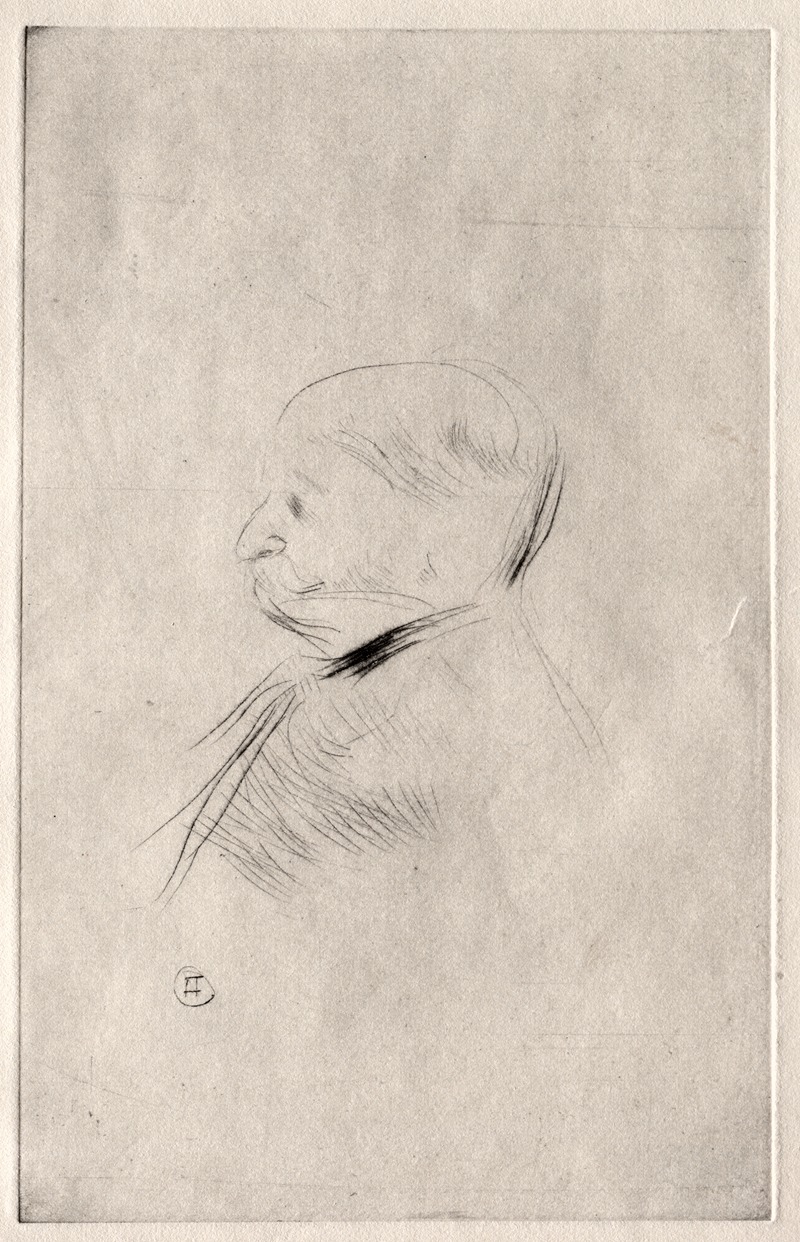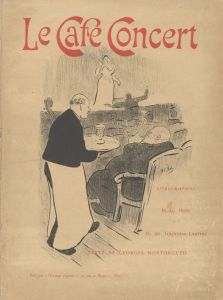
Portrait de M. X.
A hand-painted replica of Henri de Toulouse-Lautrec’s masterpiece Portrait de M. X., meticulously crafted by professional artists to capture the true essence of the original. Each piece is created with museum-quality canvas and rare mineral pigments, carefully painted by experienced artists with delicate brushstrokes and rich, layered colors to perfectly recreate the texture of the original artwork. Unlike machine-printed reproductions, this hand-painted version brings the painting to life, infused with the artist’s emotions and skill in every stroke. Whether for personal collection or home decoration, it instantly elevates the artistic atmosphere of any space.
Henri de Toulouse-Lautrec, a prominent French painter of the Post-Impressionist period, is renowned for his vivid portrayals of Parisian nightlife in the late 19th century. Among his extensive body of work, "Portrait de M. X." is one of the lesser-known pieces, and unfortunately, there is limited information available about this specific painting.
Toulouse-Lautrec was born on November 24, 1864, in Albi, France, into an aristocratic family. Despite his noble lineage, he is best remembered for his bohemian lifestyle and his deep immersion in the vibrant and often decadent world of Montmartre, Paris. His work primarily focused on capturing the essence of the people and places that defined the cultural landscape of his time, including cabarets, dance halls, and brothels.
The artist's unique style is characterized by bold colors, expressive lines, and a keen eye for capturing the personality and mood of his subjects. Toulouse-Lautrec's work often depicted the performers and patrons of the Moulin Rouge and other famous venues, providing a window into the lively and sometimes sordid world of Parisian entertainment.
"Portrait de M. X." fits within this context of Toulouse-Lautrec's oeuvre, although specific details about the painting, such as its dimensions, medium, and the identity of the sitter, remain elusive. The title "M. X." suggests that the subject's identity was either unknown or deliberately concealed, a practice not uncommon in portraiture when the sitter wished to remain anonymous or when the artist chose to focus on the universal aspects of the human condition rather than the individual identity.
Toulouse-Lautrec's portraits are notable for their psychological depth and their ability to convey the inner life of the subject. He often portrayed his subjects with a sense of empathy and understanding, capturing their unique characteristics and the environment in which they existed. This approach is likely reflected in "Portrait de M. X.," even though specific details about the painting are scarce.
The artist's life was tragically short; he died on September 9, 1901, at the age of 36, due to complications from alcoholism and syphilis. Despite his brief career, Toulouse-Lautrec left a lasting impact on the art world, influencing future generations of artists with his innovative techniques and his unflinching portrayal of the human experience.
In summary, while "Portrait de M. X." by Henri de Toulouse-Lautrec is not widely documented, it can be appreciated within the broader context of his work, which celebrated the vibrancy and complexity of Parisian life at the turn of the century. Toulouse-Lautrec's legacy endures through his contributions to the Post-Impressionist movement and his ability to capture the spirit of an era with honesty and artistry.


















